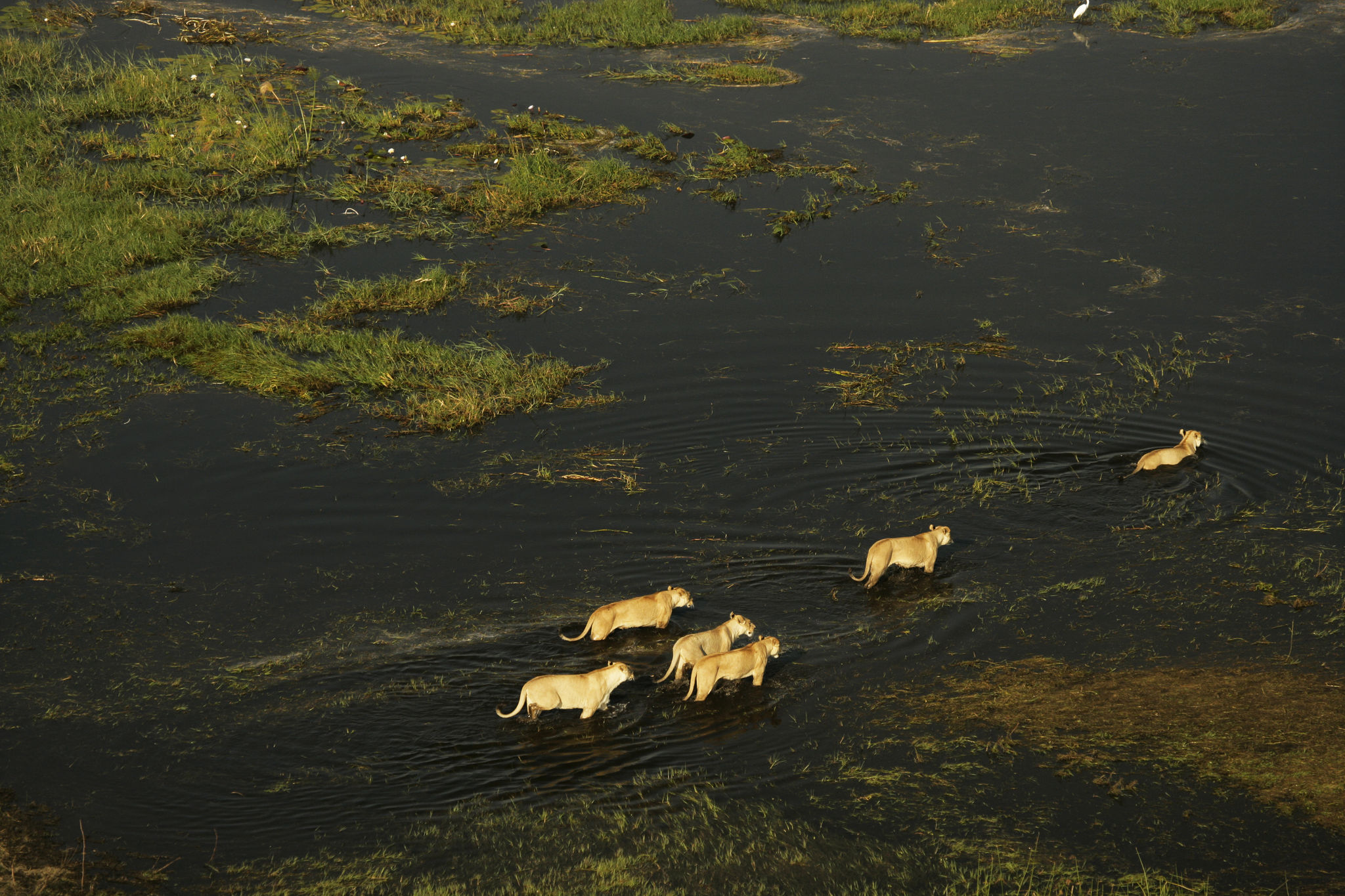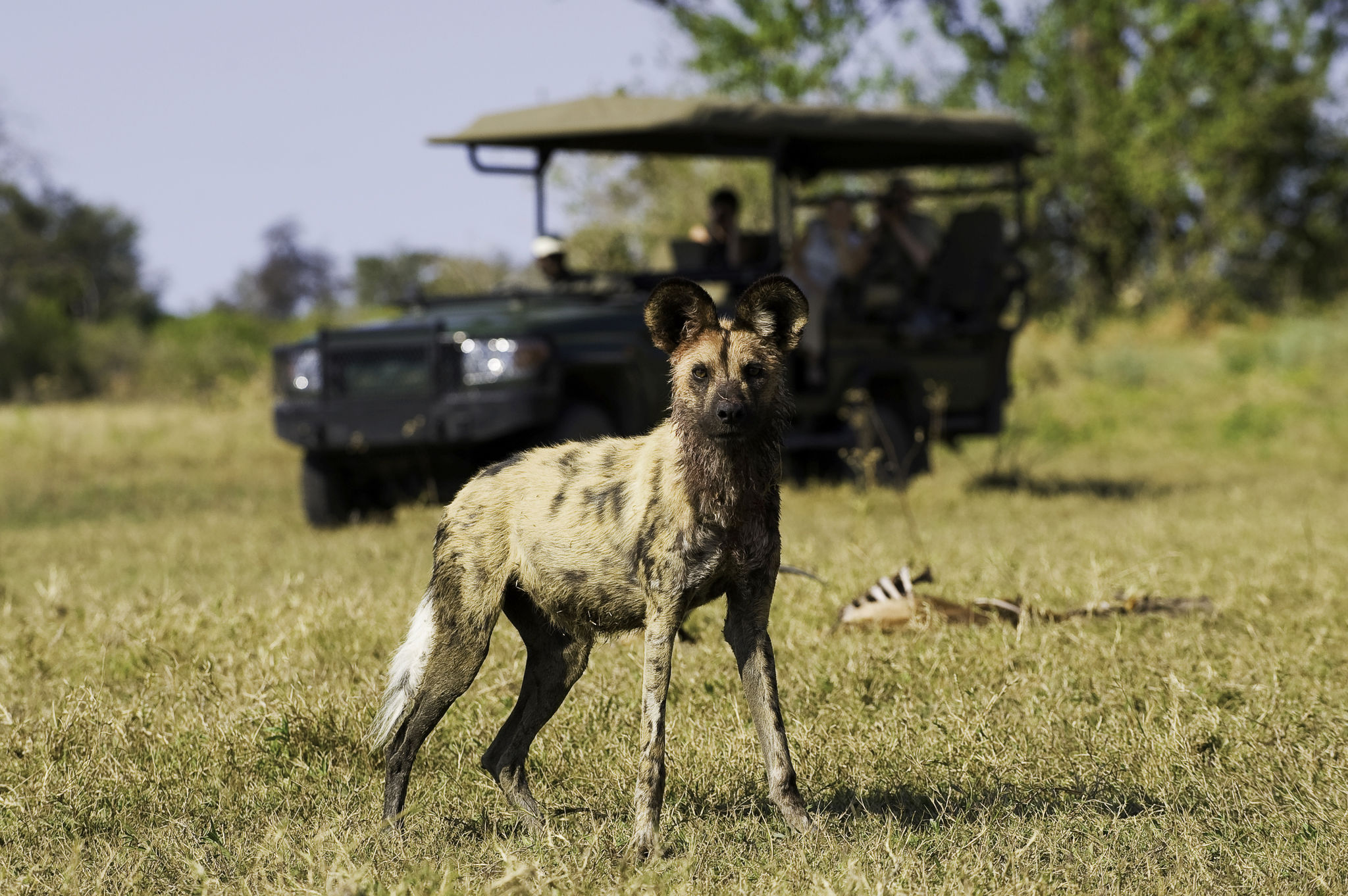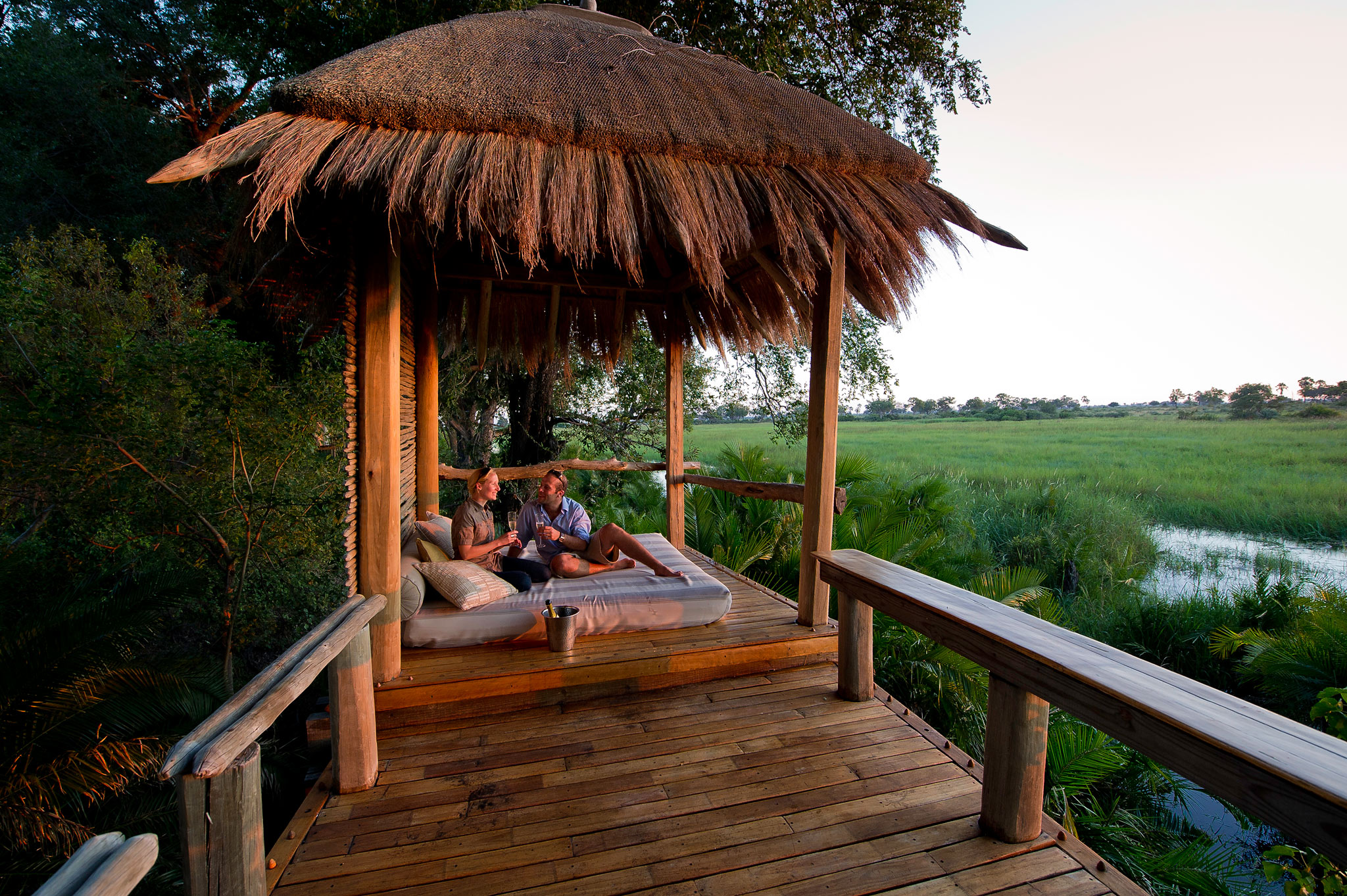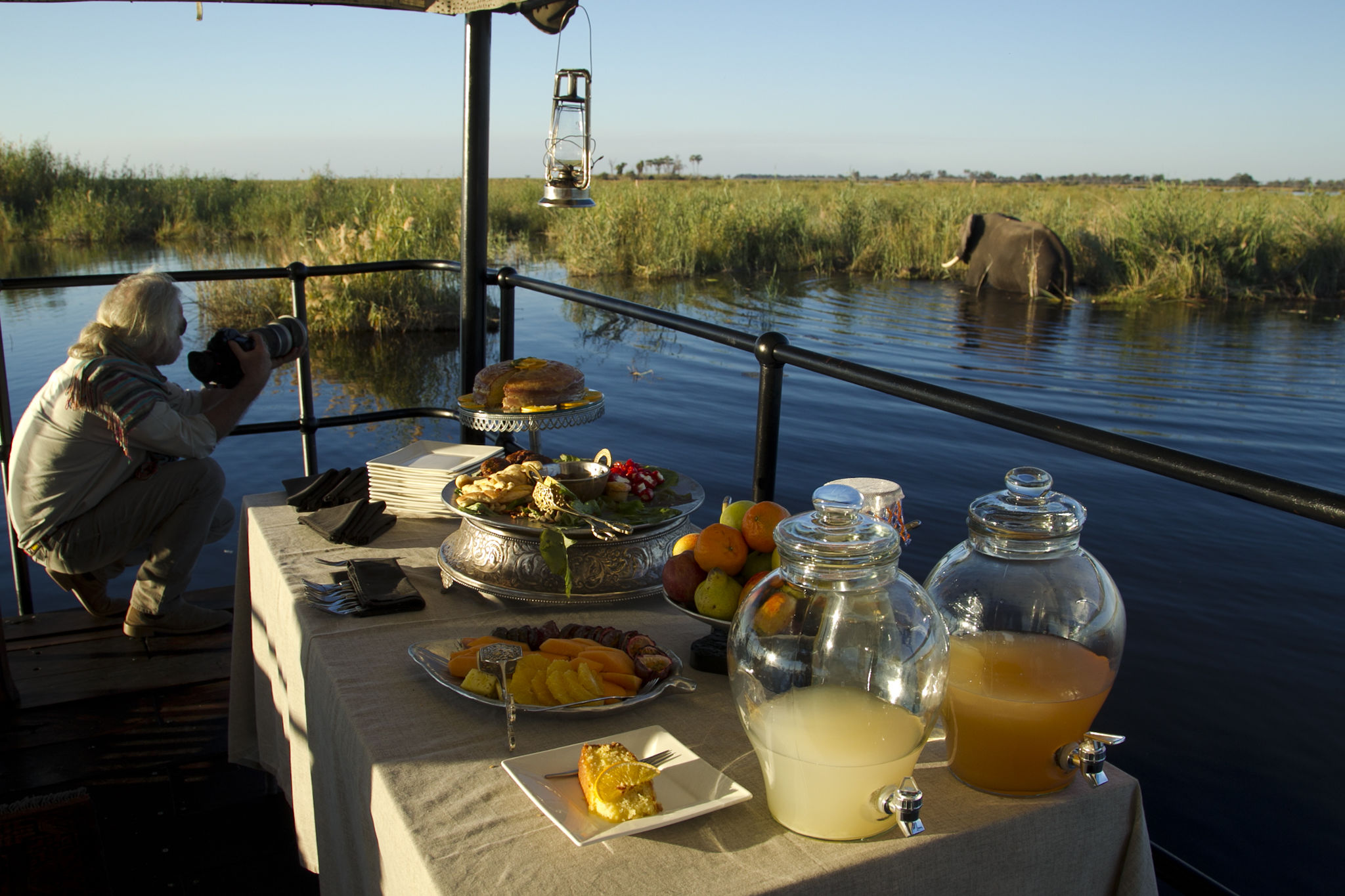You will often hear that it is best to visit Botswana in the dry season. The animals are easier to spot in the drier bush, they congregate at the water sources and it is easier to traverse the landscape without getting stuck. Makes sense, right?
But the green season has its own appeal. If you were to ever sit next to an African travel expert on a long-haul flight and you peppered them with questions, one of the gold nuggets of inside information they may give you is to rather travel to Botswana in the green season. It’s markedly cheaper, the wildlife sightings are still excellent and you enjoy a more exclusive experience. But don’t tell the others!
If you were to visit in the green season (November to March), Rhino Africa would plan to maximise your game viewing opportunities by choosing areas that are very different in what they offer in terms of vegetation, landscapes, and activities.
The eight reasons why you should visit Botswana in the green season
1. Outstanding value

Botswana is one of the more expensive African destinations due its remote lodges and the priority on low-impact tourism. Even the entry-level or standard-type properties are priced quite high. High season rates are generally charged between mid-June and the end of October (differs slightly from lodge to lodge) and the rates only drop again in November. There are, however, some amazing specials that can be used during the green season at a much lower cost.
2. Sightings of newborns

The rain means there is plenty for the animals to drink, and the blossoming vegetation means that birds proliferate, as do insects and fish. As a result, there is an explosion of life. Many species choose the beginning of the wet season to give birth, ensuring that their new offspring will have plenty to eat.
3. An increase in predator activity

An increase in baby impala means plenty of meals for the predators who have their own young to feed. Now they have to hunt for two, and the newborns are the easiest option.
4. No single supplement charge at most properties

The single supplement is a travel industry premium charged to solo travelers when they take a room alone. The amount involved ranges from 10 to 100 percent of the standard accommodation rate. The good news is that, generally, this does not apply in the green season!
5. A more exclusive experience

Out there in Botswana’s magnificent wild places, the green season enjoys a more peaceful and quieter experience. Fewer people means a more exclusive experience.
6. Exceptional bird watching

A large variety of migrant birds arrive in February and March and the birdwatching goes from superb to sensational. Everywhere is good for birding, the Kalahari, Savuti, Okavango Delta, Chobe River and Linyanti wetlands all attract their own striking range of birdlife.
7. Excellent for photography

It is an ideal month for photography with brilliant colours and dramatic skies. The bush is lush green and the air crystal clear. The contrast between the predators’ natural winter camouflage and the vibrant summer colours create stunning photos.
8. The Weather

Summers (particularly from December through to February) are known for beautiful warm days with the occasional afternoon showers cooling down the surrounding area.
How To get there…
Airlink has recently commenced operating daily scheduled flights between Johannesburg and Maun, Botswana. From Maun, travellers can catch light aircraft directly to their lodges in the heart of places such as the Okavango Delta and Chobe National Park. If you’d like to find out more about going to Botswana in the Green Season, contact one of our Travel Experts. You can also browse our Botswana Tours and enquire about whichever catches your eye.

